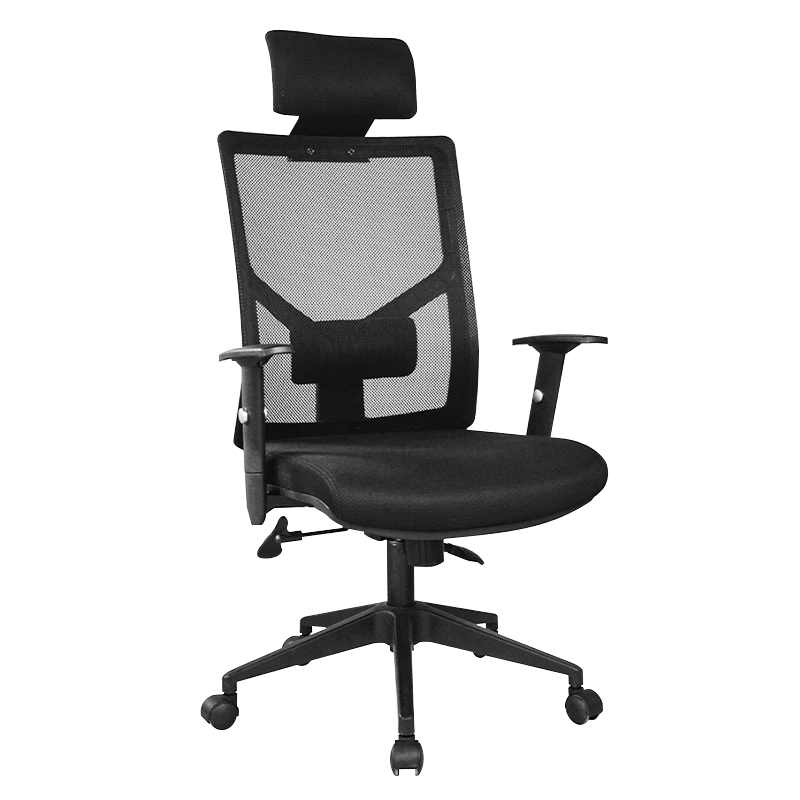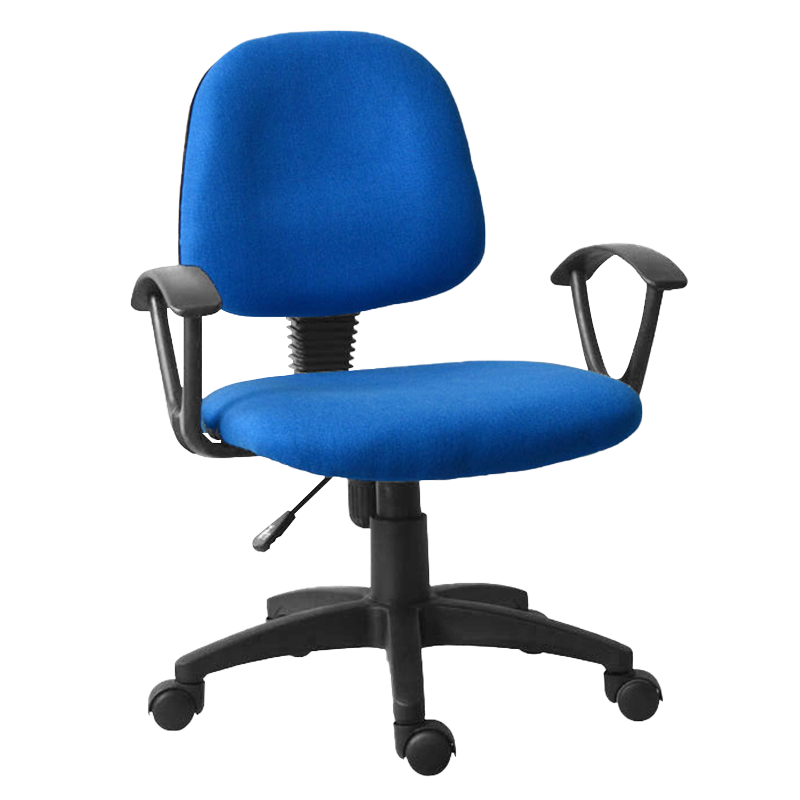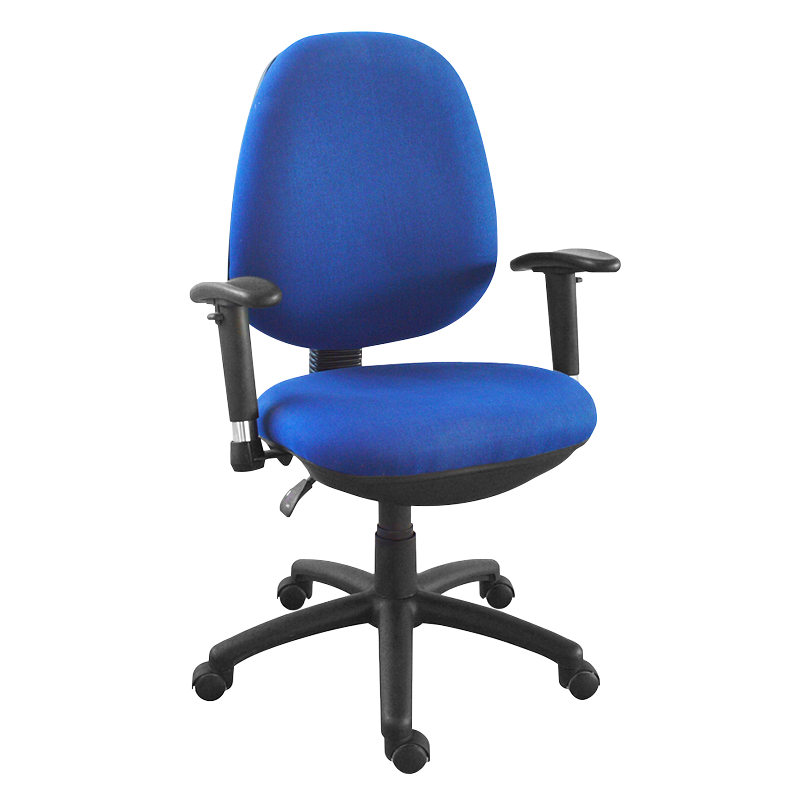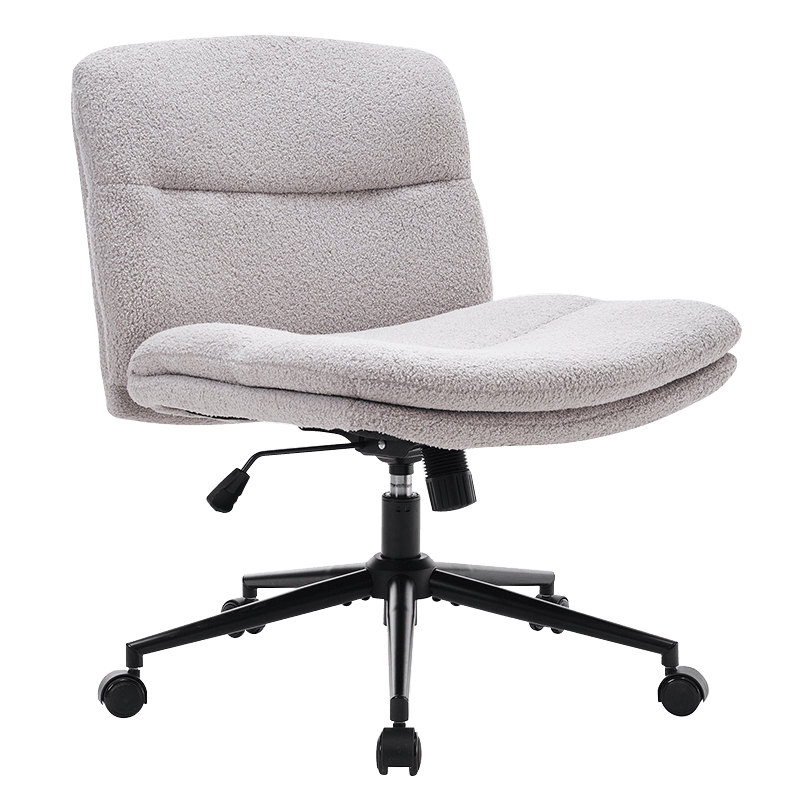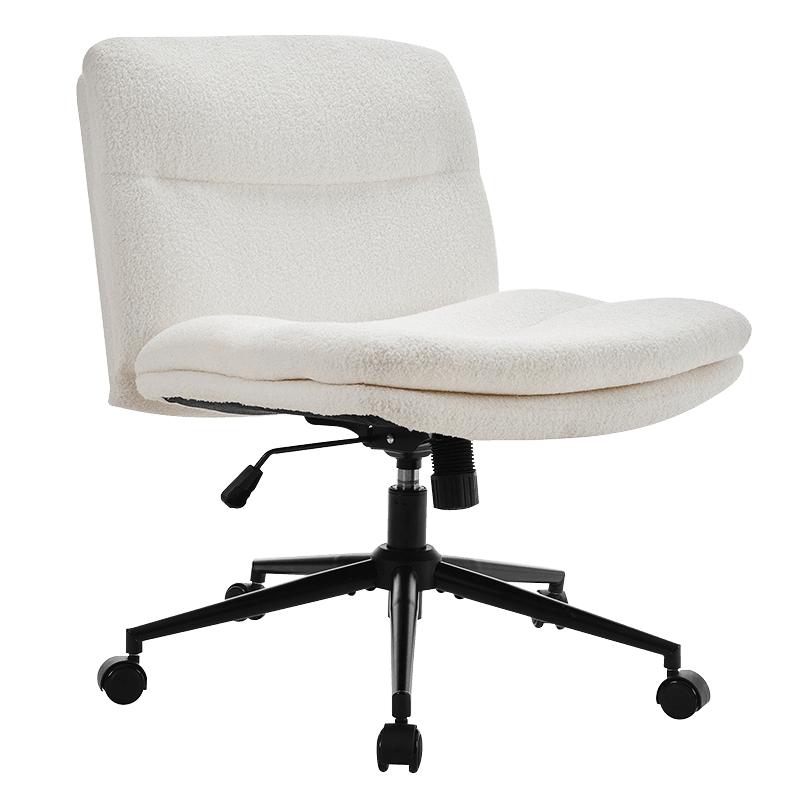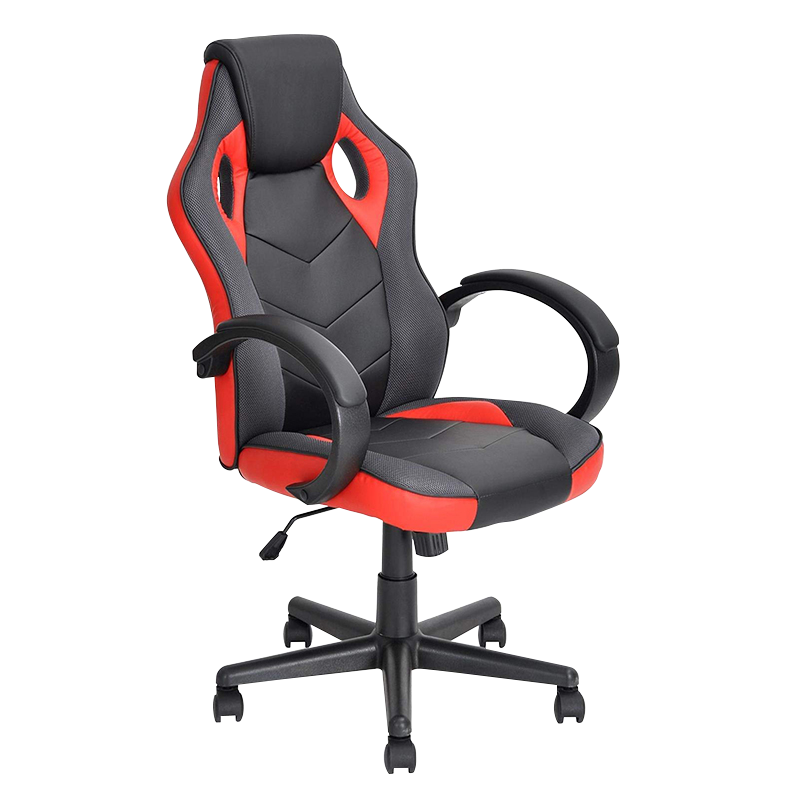The Evolution of Home Office Chairs: How Material Shapes Comfort and Productivity
2025-08-14
The Rise of Home Office Chairs in Modern Workspaces
As remote work and flexible office environments become increasingly common, the home office chair has transitioned from a simple utility item to a crucial element of workplace ergonomics. A properly designed chair does more than provide seating—it supports posture, enhances comfort during long work hours, and directly impacts productivity. Among the many factors influencing chair performance, material composition stands out as a key determinant of both comfort and durability.
Modern home office chairs are crafted from various materials including mesh, fabric, and polyurethane (PU) leather. Each material brings distinct benefits, catering to different needs of users—from breathability and ergonomic support to aesthetics and ease of maintenance.
Understanding Polyurethane in Home Office Chairs
Polyurethane (PU) is widely recognized for its versatility in furniture design. Chairs made from PU combine the luxurious look of leather with enhanced flexibility and durability. Unlike traditional leather, PU is lighter, more resistant to stains, and easier to clean, making it a popular choice for home office chairs in high-use environments.
The material’s adaptability allows designers to mold ergonomic contours that support the spine and maintain posture throughout extended work sessions. Additionally, PU surfaces are compatible with adjustable home office chairs, offering a smooth touch and subtle elasticity that enhances seating comfort.
Advantages of PU Material in Home Office Chairs
- High durability without heavy maintenance
- Smooth texture that supports extended sitting
- Resistance to stains and moisture
- Compatibility with reclining and swivel mechanisms
- Affordable alternative to genuine leather while maintaining a premium look
Comparing Materials for Home Office Chairs
To provide a clear understanding of how material choice influences chair performance, the table below compares PU, mesh, and fabric materials commonly used in home office chairs:
| Chair Material | Comfort | Durability | Breathability | Maintenance | Aesthetic | Price Range |
|---|---|---|---|---|---|---|
| Polyurethane (PU) | Medium-High | High | Medium | Easy | Premium leather-like | Mid |
| Mesh | High | Medium | Excellent | Moderate | Modern, sleek | Mid |
| Fabric | Medium | Medium | Good | Moderate | Variety of colors and textures | Low-Mid |
This comparison illustrates that PU strikes a balance between durability and comfort, making it suitable for users seeking a premium feel without the complexity of high-maintenance materials. Meanwhile, mesh offers breathability for long hours of sitting, and fabric provides aesthetic flexibility for personalized office setups.
The Role of Ergonomics and Adjustable Features
Material alone does not define a quality home office chair. Ergonomic features such as adjustable height, lumbar support, reclining angles, and swivel capabilities synergize with material properties to optimize user experience. Chairs using PU often integrate these mechanisms seamlessly due to the material’s flexibility and stability.
The stretchiness of the PU provides light cushioning while maintaining firm support for the waist. This combination of material and design ensures that users can remain productive without experiencing discomfort during extended periods of sitting.
Key Ergonomic Considerations for Home Office Chairs
- Adjustable height to fit desk levels and user height
- Lumbar support to reduce back strain
- Swivel and tilt functions to facilitate movement
- Breathable surfaces to prevent overheating
- Smooth yet resilient seating for posture support
Trends in Material Innovation
As the home office market grows, manufacturers are experimenting with hybrid materials and sustainable options. PU remains a frontrunner due to its balance of performance, affordability, and aesthetic appeal. Emerging trends include:
- PU blends with mesh inserts for enhanced breathability
- Eco-friendly PU formulations reducing environmental impact
- Textured PU finishes mimicking natural leather while improving grip
These innovations respond to both consumer demand for comfort and the increasing emphasis on environmental responsibility.
Material Choice and Market Implications
The choice of material in home office chairs also affects consumer perception and market positioning. PU chairs appeal to professionals who desire an upscale appearance and durability without committing to the higher costs of genuine leather. Mesh chairs attract users prioritizing ergonomics and breathability, while fabric chairs cater to personalized aesthetic preferences in small or creative home office spaces.
Investing in the right material not only enhances user satisfaction but also influences brand competitiveness. The home office chair market continues to expand as ergonomic awareness rises, and material innovation remains a key driver of differentiation.
Conclusion
The home office chair is no longer a secondary accessory—it is central to the modern workspace. Material selection, particularly the adoption of polyurethane (PU), significantly affects comfort, durability, and overall user experience. As work-from-home setups become permanent for many, understanding the nuances of chair materials is essential for both consumers and industry stakeholders.
By combining ergonomic design with material innovation, home office chairs now cater to the dual demand for comfort and aesthetics, reinforcing their status as a vital investment in productivity and well-being.


 Language
Language English
English Français
Français Español
Español Deutsch
Deutsch